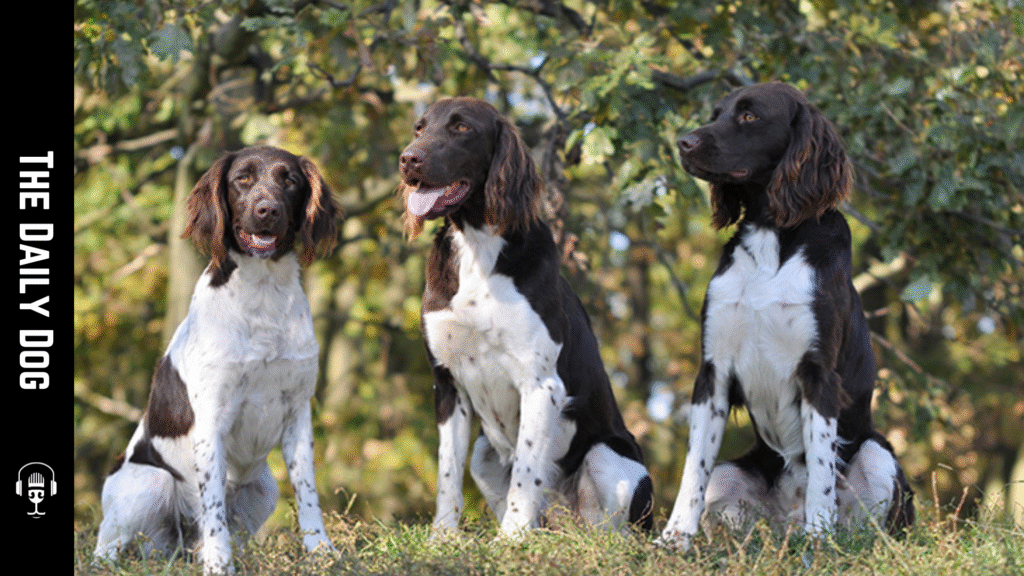The American Kennel Club (AKC) is the premier organization dedicated to registering, promoting, and preserving purebred dog breeds in the United States. One of the most intriguing aspects of the AKC’s breed classification system is the Miscellaneous Class, a category designed for breeds recognized for registration purposes but not yet achieved full championship status or widespread recognition.
In this comprehensive guide, we will explore the significance of the Miscellaneous Class within the AKC, highlight some notable breeds currently classified under this category, and delve into their unique traits and characteristics. Whether you’re a prospective dog owner, a breeder, or simply a dog enthusiast, understanding the Miscellaneous Class offers valuable insight into the diversity and potential future of the canine world.
What is the AKC Miscellaneous Class?
The AKC’s Miscellaneous Class serves as a transitional category for breeds recognized by the AKC but have not yet met the criteria for full recognition. These breeds often gain popularity, establish breed standards, or expand their population base.
Key points about the Miscellaneous Class:
- Recognition Status: Breeds in this class are recognized for registration but do not yet have full championship status.
- Eligibility for Shows: Dogs of Miscellaneous breeds can participate in certain AKC events, often in the Miscellaneous Class or in breed-specific classes once fully recognized.
- Pathway to Championship: Successful participation in AKC events and increasing breed popularity can lead to full recognition and entry into the Working, Herding, Sporting, or other established breed groups.
The purpose of the Miscellaneous Class is to encourage the preservation and promotion of emerging breeds, ensuring they receive the attention and recognition they deserve.
The Role of the Miscellaneous Class in Breed Conservation and Promotion
The AKC’s approach to managing new and rare breeds through the Miscellaneous Class underscores its commitment to breed diversity and conservation. Many of these breeds have rich histories, unique traits, and cultural significance, but they may be less common or still developing their population base.
By providing a structured pathway for these breeds to gain visibility and recognition, the AKC helps ensure their survival and growth. This process also benefits breeders and enthusiasts by offering opportunities to showcase these breeds and contribute to their development.
Notable Breeds in the AKC Miscellaneous Class
As of recent updates, several interesting breeds are classified under the AKC Miscellaneous category. Each breed possesses unique traits, histories, and appeal, contributing to the rich tapestry of canine diversity. Here are some noteworthy breeds currently in the Miscellaneous Class:
1. Catahoula Leopard Dog
Overview: Known as the Louisiana Catahoula Leopard Dog, this breed is recognized for its striking appearance and remarkable working ability. Originating from the southern United States, the Catahoula is traditionally used for herding and hunting.
Traits:
- Appearance: Short coat with a variety of colors and distinctive leopard-like spots.
- Temperament: Intelligent, energetic, and loyal. They are known for their independence and strong work ethic.
- Skills: Excellent herders, work well with livestock, and are highly trainable with consistent positive reinforcement.
Ideal Owner: Active individuals or families who can provide mental stimulation and physical activity.
2. Lagotto Romagnolo
Overview: An ancient Italian water dog, the Lagotto Romagnolo is famed for its truffle-hunting abilities. Its dense, curly coat makes it well-suited for rugged outdoor work.
Traits:
- Appearance: Medium-sized with a thick, curly coat, expressive eyes, and a lively demeanor.
- Temperament: Friendly, affectionate, and intelligent, making it an excellent family companion.
- Skills: Natural truffle hunter, agile swimmer, and eager learner.
Ideal Owner: Active families or individuals interested in outdoor activities and training.
3. Caucasian Shepherd Dog
Overview: Originally bred to guard livestock in the Caucasus region, this formidable breed is known for its protective instincts and imposing size.
Traits:
- Appearance: Massive build with a thick double coat, often in shades of white, gray, or brindle.
- Temperament: Loyal, courageous, and independent. They can be wary of strangers but affectionate with family.
- Skills: Excellent guard dog, capable of withstanding harsh climates.
Ideal Owner: Experienced dog owners with ample space and a secure environment.
4. American Hairless Terrier
Overview: As the name suggests, this breed is notable for its hairless coat, making it suitable for allergy sufferers.
Traits:
- Appearance: Small, sleek, and expressive with smooth skin.
- Temperament: Playful, energetic, and affectionate. They are known for their lively personality.
- Skills: Active companions, alert watchdogs.
Ideal Owner: Those seeking a low-shedding, energetic dog with a lively personality.
Traits and Characteristics of Miscellaneous Class Breeds
While each breed in the Miscellaneous Class has its specific traits, some common characteristics include:
- Diverse Sizes and Appearances: The breeds encompass a broad spectrum of physical features from small terriers to large guardians.
- Unique Skill Sets: Many work or hunt breeds, demonstrating specialized skills like herding, guarding, or truffle hunting.
- Temperament: Traits range from highly independent and protective to affectionate and social, offering options for various lifestyles.
- Health and Lifespan: As with all breeds, proper care, diet, and regular veterinary check-ups are essential to maintain health and longevity.
The Future of Miscellaneous Class Breeds
The AKC’s dedication to recognizing and supporting breeds in the Miscellaneous Class has notable implications for the future of canine diversity:
- Increased Popularity: As awareness grows, these breeds will likely see increased demand, encouraging responsible breeding and conservation efforts.
- Breed Standard Development: Continued efforts will refine breed standards, helping ensure healthy, genetically sound dogs.
- Recognition and Championship Status: Successful participation in dog shows can lead these breeds toward full recognition, opening more opportunities for breeders and owners.
How to Get Involved with Miscellaneous Class Breeds
If you’re interested in these emerging breeds, consider the following steps:
- Research Breed Standards: Learn about each breed’s traits, needs, and compatibility with your lifestyle.
- Connect with Breeders: Reach out to reputable breeders or breed clubs specializing in Miscellaneous breeds.
- Attend Dog Shows: Observe these breeds at AKC events and learn from experienced owners and handlers.
- Volunteer or Foster: Support breed conservation by volunteering with rescue organizations or fostering puppies.
Final Thoughts
The AKC Miscellaneous Class plays a vital role in preserving and promoting the diversity of dog breeds across the United States. The AKC fosters a vibrant and dynamic canine community by providing a pathway for emerging and rare breeds to gain recognition. Whether captivated by the striking appearance of the Catahoula Leopard Dog or intrigued by the unique traits of the Lagotto Romagnolo, exploring the Miscellaneous breeds offers a window into the future of canine companionship.
As the breeds in this category continue to grow and gain recognition, they enrich our lives with their distinctive personalities, skills, and histories. For prospective dog owners and enthusiasts, these breeds represent exciting opportunities to connect with a diverse and ever-evolving canine world.










